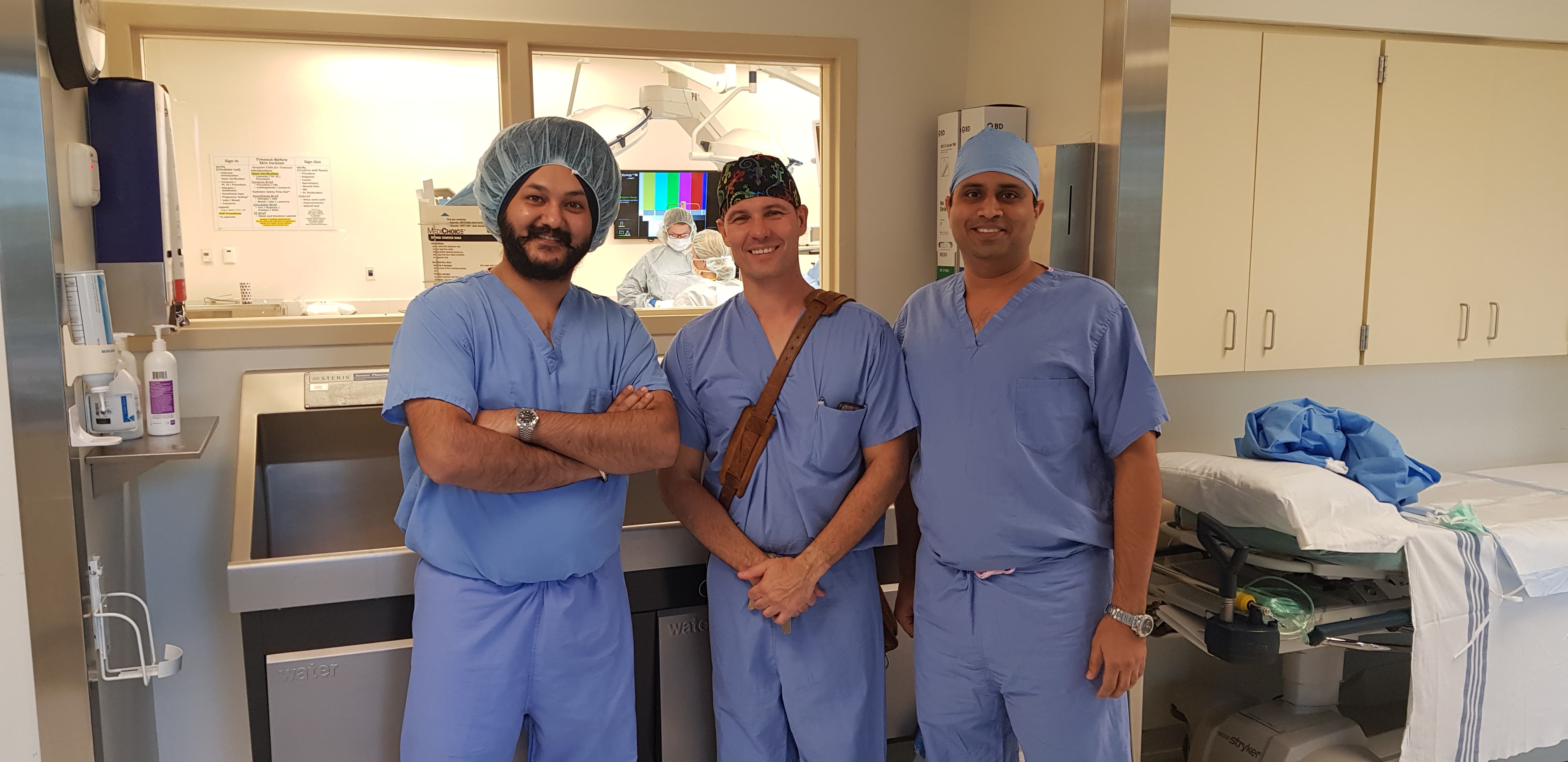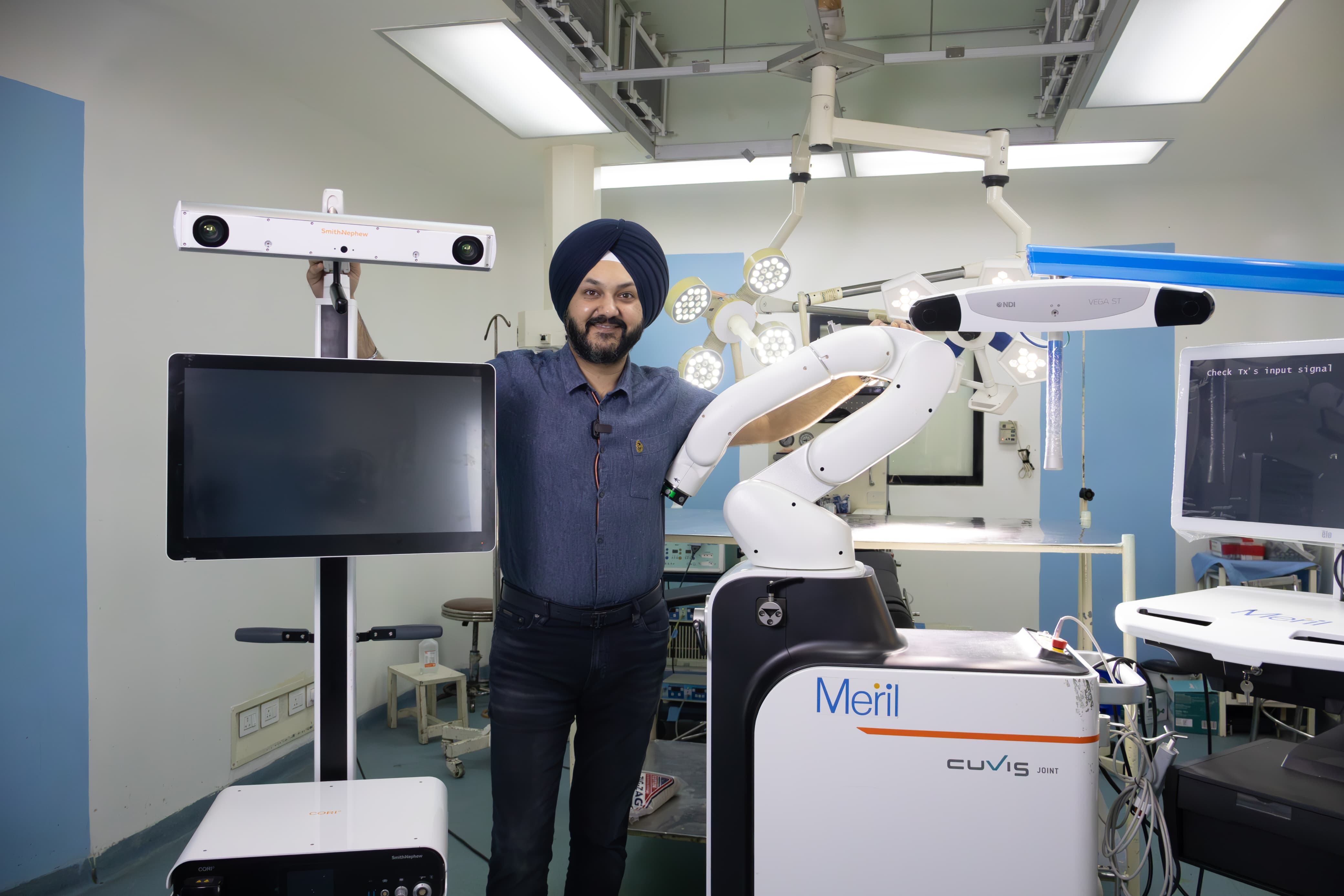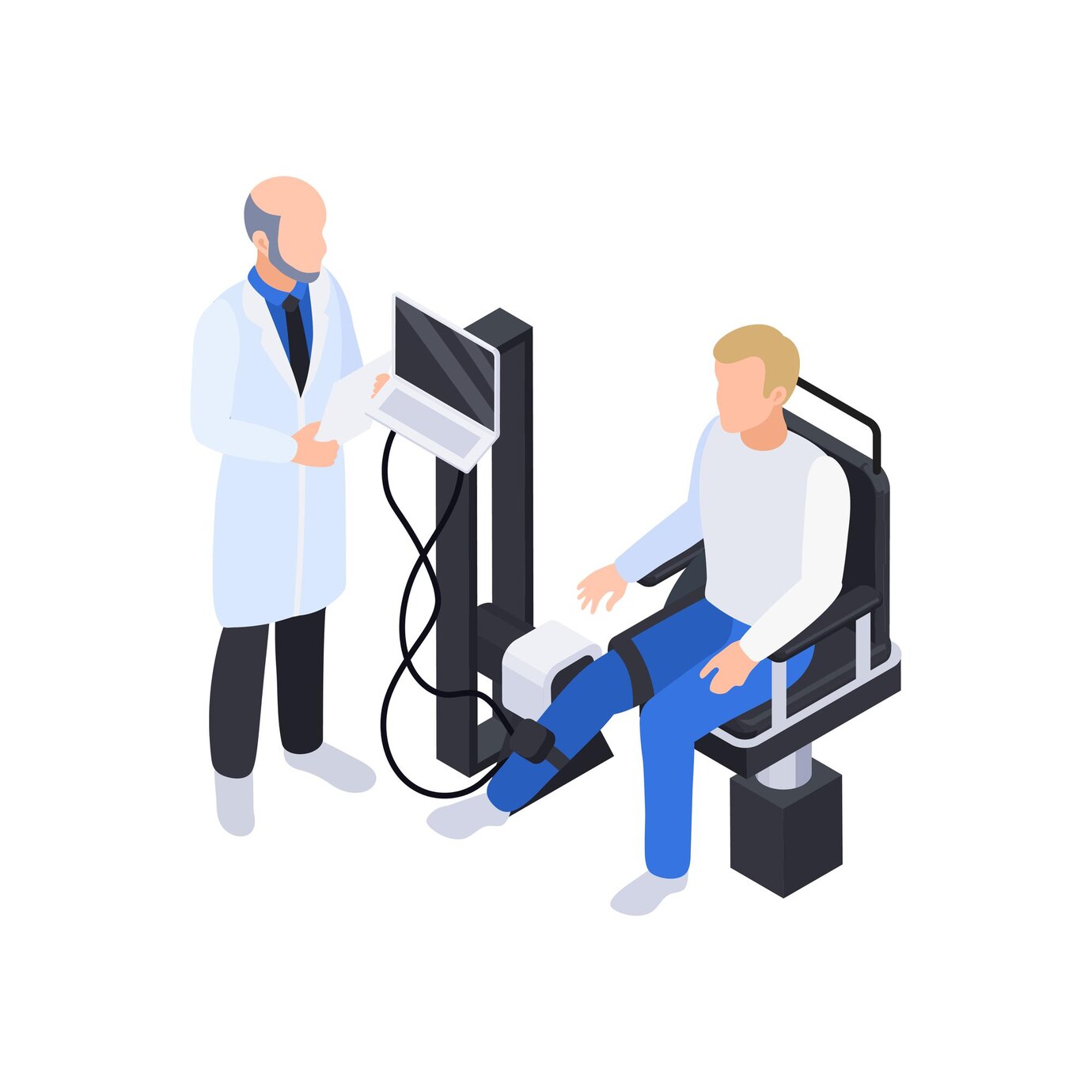Common Myths About Robotic Knee Surgery Debunked
Published on: 2025-01-02
The idea of knee surgery is difficult, particularly when the phrase "robotic" is thrown into the mix. Many associate it with visions of machines that take over surgery rooms and carrying out complicated procedures
Introduction to Robotic Knee Surgery

The idea of knee surgery is difficult, particularly when the phrase "robotic" is thrown into the mix. Many associate it with visions of machines that take over surgery rooms and carrying out complicated procedures, without the intervention of a human. How accurate are these representations? With the rise of robotic knee surgery recognition for its accuracy and effectiveness, a dark cloud of misinformation continues to linger over the medical breakthrough.
There are many people who believe that there are myths that can affect their decision-making on the treatment options available. It's time to debunk the myths that surround us and shed some the light on what it is that a robotic knee procedure really involves. Knowing the truth not only gives patients more confidence, but it also assists them to make informed decisions about their overall health. We'll look into some commonly held misconceptions about robotic knee surgery, and find out the facts of the matter.
What are the Common Myths Surrounding Robotic Knee Surgery?

The robotic knee surgery is gaining recognition, however it is surrounded with a myriad of misconceptions. A lot of people aren't sure about how robotics can be used for this revolutionary procedure.
Another common myth states that robots can perform all operation on their own. This myth can cause unfounded fears about surgical safety as well as precision. Actually, experienced surgeons direct the robot device to ensure greater precision.
Another misunderstanding is that knee robotics is only appropriate for serious situations. Many believe that it's only for patients with severe joint problems however this isn't the case. Many patients suffering from moderate arthritis may benefit from the procedure also.
Some also believe recovery will take longer when using robotic methods. Patients typically experience faster recuperation times as well as lesser pain when compared with traditional procedures due to the increased accuracy as well as smaller cuts.
They can cause confusion when weighing treatment options which could cause people to miss the benefits of knee treatment.
Myth #1: Robots Perform the Entire Surgery
One of the most common myths concerning knee surgery using robotics is that robotics perform everything. This falsehood can lead to unneeded fear about the procedure.
The reality is that robotic devices are intended to aid surgeons and not to take their place. The surgeon is in charge throughout the entire process. They take crucial decisions and execute delicate procedures making use of advanced technology to increase accuracy.
Robots' role is to offer assistance and guidance during certain task. It aids in the precise placement and alignment of implant based upon images taken prior to surgery.
The combination of human experience as well as robotic aids can lead to greater outcomes but without the crucial hand of a highly skilled surgeon. Knowing this distinction will ease worries about who actually performs the procedure. It's an inter-professional work.
Myth #2: Robotic Knee Surgery is Only for Severe Cases
Most people are of the opinion that the use of robotic knees is reserved for only severe situations. The misconceptions can stop people from considering alternative treatments.
As it turns out, procedures that are robotically assisted will address many ailments. From early stage arthritis or minor injury, the technique increases precision and improves results.
People suffering from mild pain or mobility problems might find relief with these modern techniques. This isn't just to deal with the most difficult conditions, but also improve the living conditions for those who are in various stages of degeneration to the knee.
Robotic technology allows surgeons to customize their treatment to meet the individual requirements. This allows surgeons to achieve maximum results, regardless of the nature of the problem the patient is being treated for.
Myth #3: The Recovery Time is more prolonged with a Robotic Knee Surgery
A lot of people believe that a knee replacement surgery using robotics means an extended recovery time. However, this is not the fact.
Actually, the robotic assisted procedures typically result in lower risk of trauma in the procedure. The surgeons utilize advanced technology to achieve preciseness, which reduces trauma to the surrounding tissue. In the end, some patients see faster healing time compared to conventional techniques.
Patients often report feeling more comfortable faster and returning to normal activities quicker. Through smaller incisions, and decreased discomfort, the mobility of patients can increase significantly within a few days following the procedure.
The timeframe for physical therapy can be reduced with the help of robotics. The result is that patients can regain their flexibility and strength without having any unnecessary delay.
While some people believe that robots hinder recovery however, evidence shows contrary. A knee-surgeon's robotic surgery may open the door to higher efficiency in the postoperative period.
The Truth Behind These Myths

Knowing the truth behind the myths can be crucial to making educated decisions regarding your well-being.
Robots do not have autonomy. They help surgeons perform exact moves. The surgeon has complete control of the entire procedure to ensure a personalised treatment that's tailored to each patient's requirements.
It's not limited to extreme cases. Patients with mild joint problems also gain of this cutting-edge technique. This can improve outcomes in situations when traditional approaches be inadequate.
Patients are often surprised by the speed of recovery. Though some people might believe it will take longer because of advanced methods but many people find it is quicker than anticipated. Increased precision means less damage to tissues around them and speedier recovery generally.
This information sheds the light on how robotic aid helps rather than hinders the procedure. Knowing these facts will encourage many more patients to consider the options with confidence.
Benefits of Robotic Knee Surgery

The robotic knee surgery revolutionizes procedure for orthopedic surgery. One of the main advantages is its accuracy. Robotics enhance the ability of surgeons to precisely align the implants that can translate into improved results.
Another advantage is the less the chance of trauma to tissues around. Patients who have smaller incisions generally experience fewer pains and a scarring process during healing. The minimally-invasive procedure helps to reduce stay in hospitals.
Robotic systems also provide the surgeon with real-time information during the procedure. surgeons are able to make educated decision-making on the spot and customize every procedure to the patient's specific anatomy.
The patients may experience faster recovery time frames also. Most people can return to routine activities earlier than they would with conventional techniques due to the enhanced rehabilitation protocols that are aided by robotic aid.
This type of technology boosts trust for surgeons as well as patients as well. Being aware of the latest tools installed gives confidence regarding the process of surgery and the potential outcomes.
Conclusion

The robotic knee surgery is a fascinating breakthrough in orthopedics. Although it's often surrounded by myths and rumors, knowing the truth will aid patients in feeling more educated and comfortable about their decisions.
Robots are thought to complete the entire procedure is an untruth; experienced surgeons use these latest technologies to improve the precision of. Some believe that robotic surgery can only be used for extreme cases, however it could benefit people with a wide range of medical conditions. The time to recover is often over-emphasized. Many patients see faster healing thanks to better methods.
Many advantages are associated with it, such as greater accuracy, lower discomfort as well as shorter hospital stays -- robotic knee surgery has revolutionized the way we think about joint problems. While technology is constantly evolving and improve, so too do the outcomes for patients as well as their experience.
Anyone considering this route should look for advice from licensed professionals who will provide individualized recommendations depending on the individual's needs and particular circumstances. It's crucial to tackle every treatment with calmness and confidence. That way, your decisions are aligned with your goals for health.
 +91 98551-63355
+91 98551-63355














